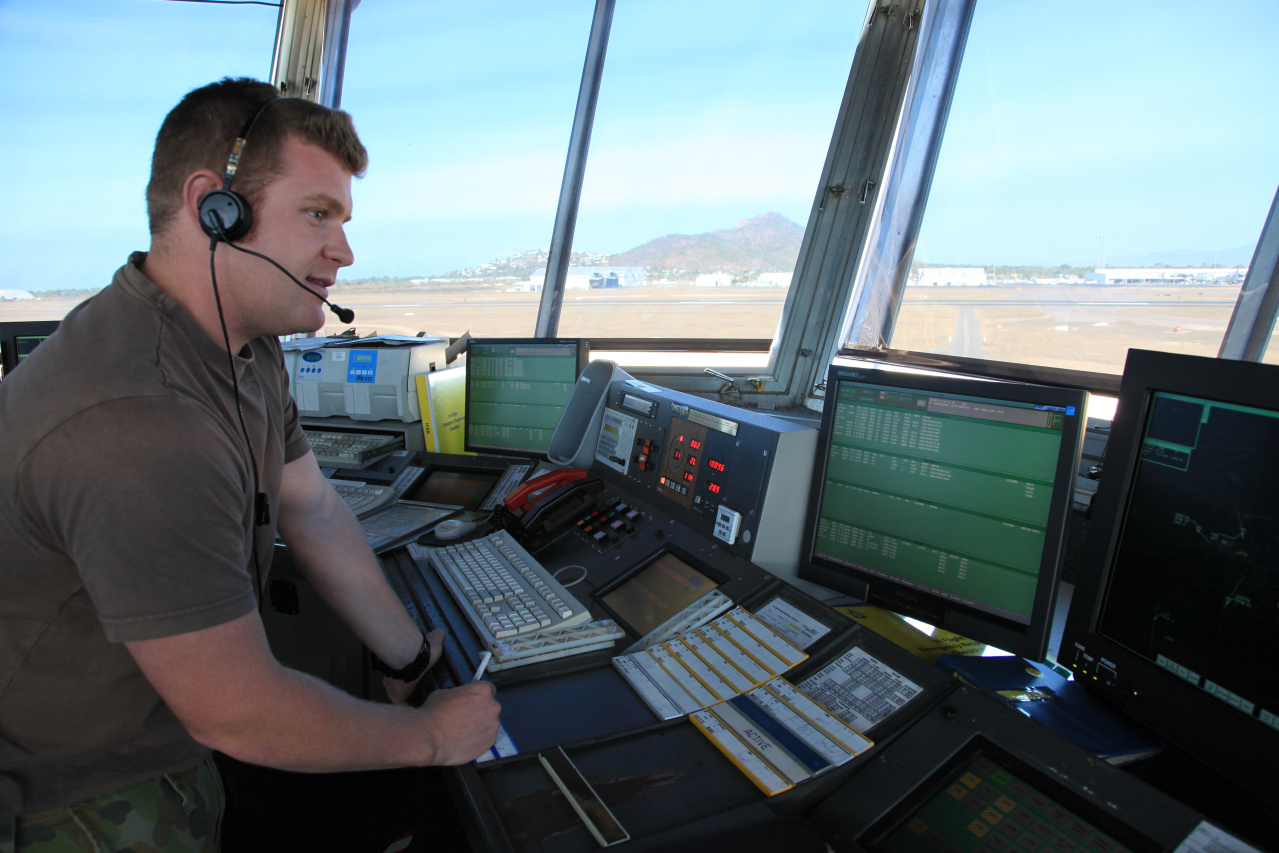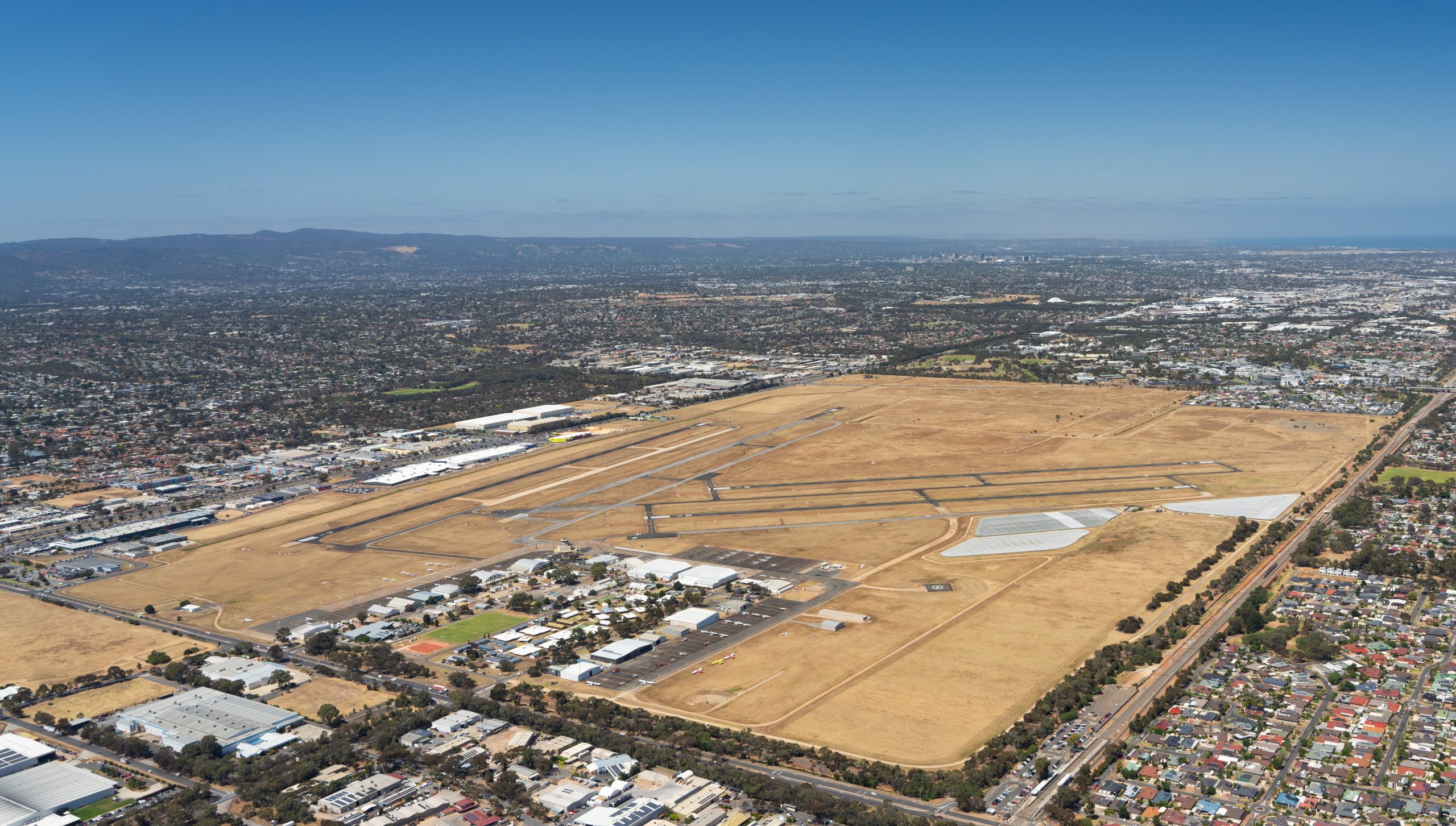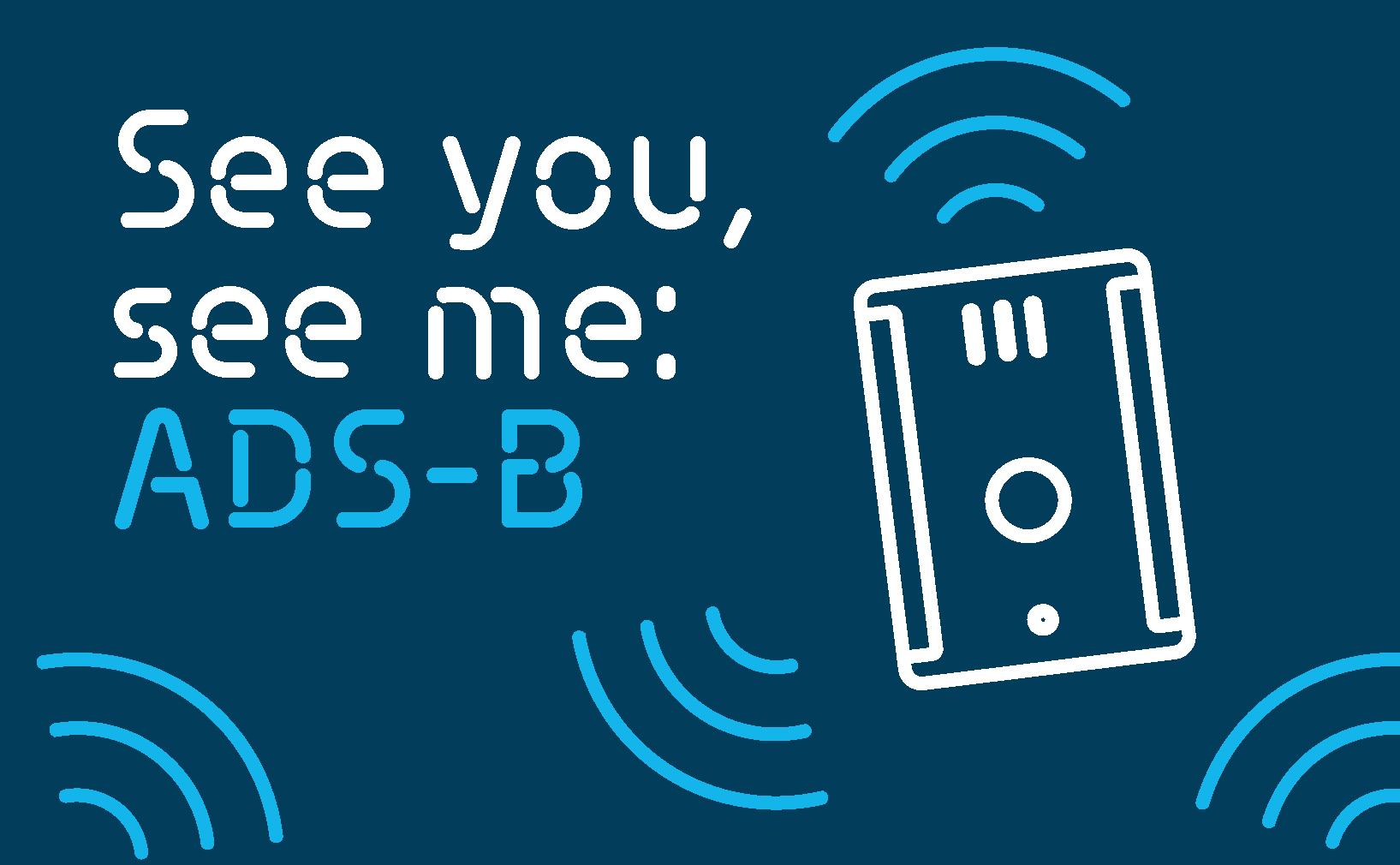Controlled airspace is always changing, whether it’s new runways and airports or changes to instrument flight procedures. Operational needs or an increase in traffic may also result in airspace that you were once able to use without clearance, becoming reclassified, controlled or restricted.
An airspace infringement – commonly referred to as ‘busting’ controlled airspace (CTA) – could place your aircraft in close proximity to others, increase the workload of air traffic control (ATC) and cause delays to other traffic.
There are a number of ways to avoid CTA or restricted airspace and ensure you don’t hear the inquisitive voice of ATC asking you what on earth you’re doing there.
On the ground
Thorough pre-flight planning is the best defence against airspace infringements. Before you head out flying, make sure you have the current charts and have familiarised yourself with the local area. You should do this even if you know the area well, because things may have changed.
Check for any temporary restrictions to airspace. You can do this by logging into NAIPS and checking NOTAMS.
You can also lodge a flight plan even if you’re not using controlled airspace. It will help speed up the process should you need an airspace clearance due to a weather diversion.
When creating your flight plan, work out your climbing and descending points for areas with differing levels of controlled or restricted airspace.
In the air
Always know your position relevant to the controlled or restricted airspace steps. Using an electronic flight bag with a moving map will help you keep a track on where you are in relation to CTA. The UK Civil Aviation Authority recommends you take two by creating a buffer of 2 nm from the edge of CTA and 200 feet above or below.
If you have a transponder fitted, set it to ON/ALT, with the code 1200 in Class E or G airspace and 3000 in Class C and D airspace. This will help ATC to see you on their radar and for other aircraft in the area to receive alerts.
You can also now use a low-cost ADS-B unit to help you be more visible to other aircraft in the area that are equipped with ADS-B IN.
If you are unsure of your position, it is better to ask ATC for help rather than infringe CTA. You can also request flight following, a service available to VFR flights in Class E or G airspace, depending on ATC capacity.
And don’t forget, the simple adage of aviate, navigate and communicate will help to prevent an unexpected intrusion into CTA.
Further reading
Airservices Australia provides some tips on their airspace infringement webpage including information on airspace infringement hotspots.






Comments are closed.